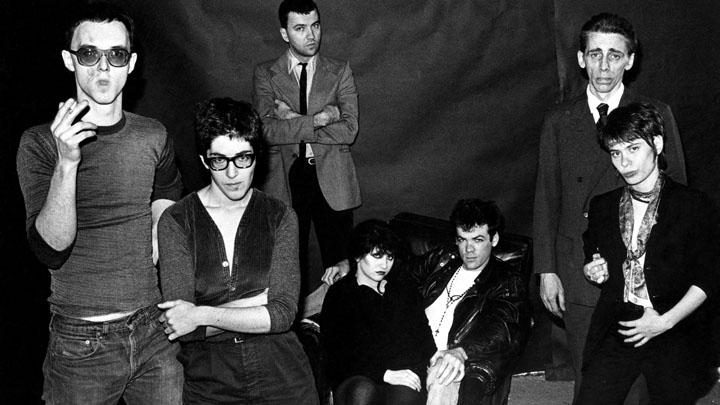Before the Giuliani era, New York was a bubbling crucible of filmmaking innovation as chronicled in doc Blank City.
***
Blank City
3 ½ stars out of five
Sat., Jan. 25, Cinematheque
By: Kenton Smith
It’s not a cheerful notion, that poverty, crime and hardship should be prerequisites for making vibrant art. It all might help, though.
Blank City, which plays Jan. 25 at Cinematheque as part of this week’s Forgotten Winnipeg program, is a provocative documentary probing that notion. It focuses on the so-called No Wave underground of mid-‘70s and early ‘80s New York City, long before former mayor Rudy Giuliani’s re-branding when the city was synonymous with danger and squalor. Cheap rents, however, made it a great place for artists to congregate and break new ground.
The No Wave phenomenon encompassed various media and disciplines, all of them crossing over. Figures like musician Debbie Harry were stars in its firmament, and one poster found across the Lower East Side read: “Everyone I know is in a band.” This was, one interview subject says, one of the scene’s unique aspects, with everyone knowing and helping each other out, while finagling funds and equipment.
It’s hard, watching the film, not to proudly think of our own artistic community here in Winnipeg, so mutually supportive and innovative. The reasons for that are our own, certainly, although rent here remains cheap. But we also see a similar ethos was at work in NYC, with everyone “throwing everything out the window,” as one interviewee says, and making films with no money.
The filmmaking side is what director Celine Danhier concentrates on. We’re told the Lower East side was like a “little movie studio,” with naïve, untrained filmmakers making a lot up as they went. It was, in a sense, punk filmmaking, if we grant that DIY is a defining element of the punk disposition.
The filmmakers – perhaps the foremost among them being Jim Jarmusch, who himself appears Jan. 25 at Cinematheque to introduce the film When Pigs Fly – were also borrowing from the avant-garde underground established by Andy Warhol and followers, and adapting it for their purposes. Some, like Jarmusch, wanted to make narrative films, while others like Richard Kern and Nick Zedd consciously crafted more overtly political ones.
To many of these artists’ amazement, their films actually began to have some success, drawing huge crowds of New Yorkers who felt engaged with the material. Perhaps it had to do with the fact that many were really “all about New York,” as one interview subject says; docs like Downtown 81 and dramas like Jarmusch’s Permanent Vacation used locations to tremendous effect, vividly capturing the time and place.
Then Jarmusch won acclaim in Europe, including from the likes of director Wim Wenders (Paris, Texas), and made the leap to greater success. Others, like Kern and Zedd, made ever more extreme films, with the latter arrested when he arrived in Sweden to show his work (despite being threatened with prison time, he screened the films anyway).
What Blank City illustrates so well is that creativity can be furiously stoked by limitations, and consequently produce art that’s fresh, energetic and authentic. It’s not that we wouldn’t necessarily have gotten worthwhile art had New York been a different city back then. We just wouldn’t have gotten the No Wave. That said, artists under any circumstances could learn a thing or two from it.
Forgotten Winnipeg is a special program of films in conjunction with the Winnipeg Symphony Orchestra’s New Music Festival and complementing the WSO’s presentation of opera Tesla in New York, created by composer Phil Kline and visiting film director Jim Jarmusch, on genius inventor Nikola Tesla. For complete information visit here.
__
Kenton Smith a freelancer writer on arts and cultural issues based in Winnipeg and the former movie critic for Uptown magazine.
